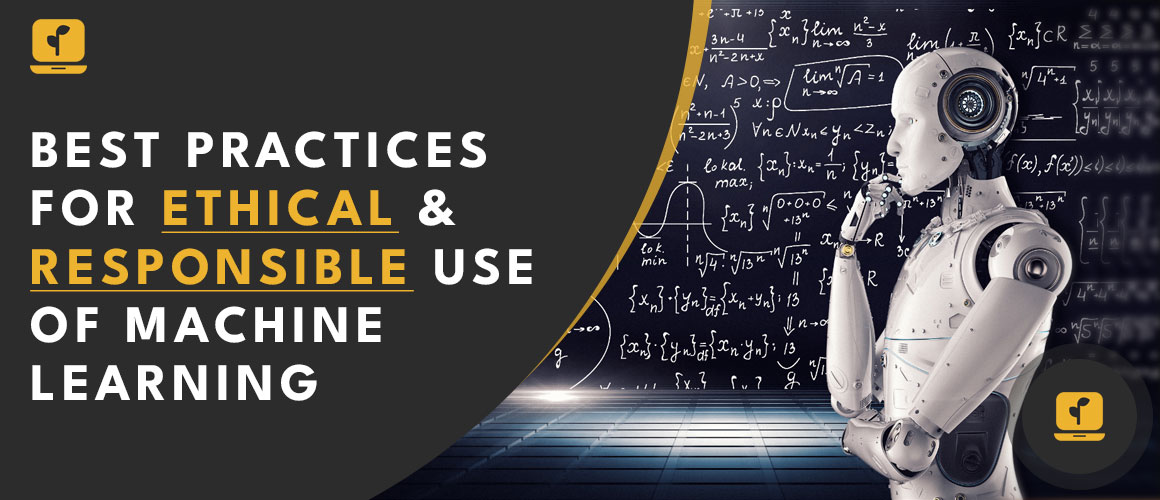As companies look to leverage machine learning (ML) in their operations, they must think beyond how to use ML and instead how it can be used most responsibly. This means adopting a new way of thinking about ML and operationalizing its use through a clear set of ethical and responsible use policies.
Table of Contents
Operationalizing the use of ML can be challenging. Many organizations struggle with how to effectively implement machine learning while maintaining an ethical business model, protecting sensitive data, and avoiding vulnerabilities in their systems.
This blog will cover key elements you need to consider when operationalizing the use of machine learning in your organization.
What is Machine Learning?
Machine learning is a subset of artificial intelligence that aims to automate decision-making by leveraging data to make predictions without requiring human input. This process involves programming algorithms to “learn” and create their own strategies based on historical data. This kind of automation through algorithms can significantly reduce the amount of human effort that organizations require to perform specialized tasks or make decisions. In other words, it’s the next generation of automation.
Ethical and Responsible Use of Machine Learning
There are a variety of ways that organizations are using machine learning to automate and augment their business operations. Using ML can help an organization predict customer behavior, analyze data to make better decisions, or even automate tasks. In some cases, ML can even bring together data from various systems to create a more personalized experience for customers.
Develop an Operational Definition of Machine Learning
You can’t have a discussion about ethical use of ML without first developing a clear definition of what you mean by “ethical.” This operational definition should lay a foundation for how you develop a policy around ML. There are a number of key questions you should consider when developing an operational definition of ML. What is the purpose of using ML? What is the impact of using ML? What are the business outcomes that are expected to result from the use of ML? How will these business outcomes be evaluated? Once you have a definition for ML in place, you can start to think about developing a policy around its use.
Establish a Clear Reporting Structure
ML algorithms generate a stream of data that can contain a wealth of information. It’s important to have a clear structure for how this data is reported to management. For example, will the data be presented in a graphical format or as a series of numbers? How often will the data be reported? Is there a limit to the amount of data that can be collected? If so, what is the cutoff point? In addition to reporting data, you need to consider the types of data that will be reported. What is the data’s sensitivity? How might other data be linked to this stream? How will this information be used? These questions will help you establish an effective reporting structure for ML.
Define and Document Expectations for ML Output
Once you have reporting structure in place, it’s important to define the expected outputs of the ML-based operations. In some cases, this will be a one-time event. In others, it will be an ongoing process. You need to define the expected outputs of the ML-based operations and document them in a clear and concise manner. Is it OK to deviate from the defined outputs if the outcomes are of higher priority? What are the associated risks of varying from the expected outputs? For example, if a forecast is too optimistic, will this be factored into the decision-making process? If so, how will this be communicated to the business?
Implement Strong Vetting Practices when Using ML
Once you have an operational definition of ML, you need to ensure that the team is applying strong vetting practices when using it. This means applying all of the policies discussed above. This means that the team is explicitly defining its use of ML, reporting data, and expected outputs, and then working to uphold those policies. What steps should the team take to ensure they’re applying strong vetting practices when using ML? First, determine who will be responsible for this effort. Is this the responsibility of the IT department? The business operations team? The marketing team? The team responsible for the data being used?
Final Thoughts
Machine learning is an exciting tool that can help organizations optimize their operations, mitigate risk, and achieve their goals more efficiently. However, using machine learning without a clear operational definition, reporting structure, and expected outputs can result in misuse of data and negatively impact business outcomes. Organizations that think through these elements and incorporate them into their use of ML will be more successful.










